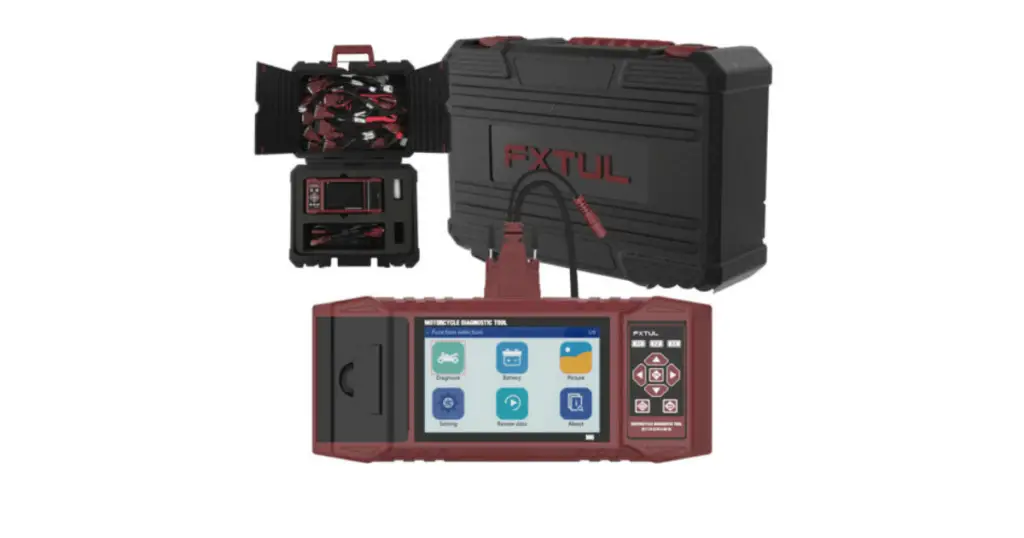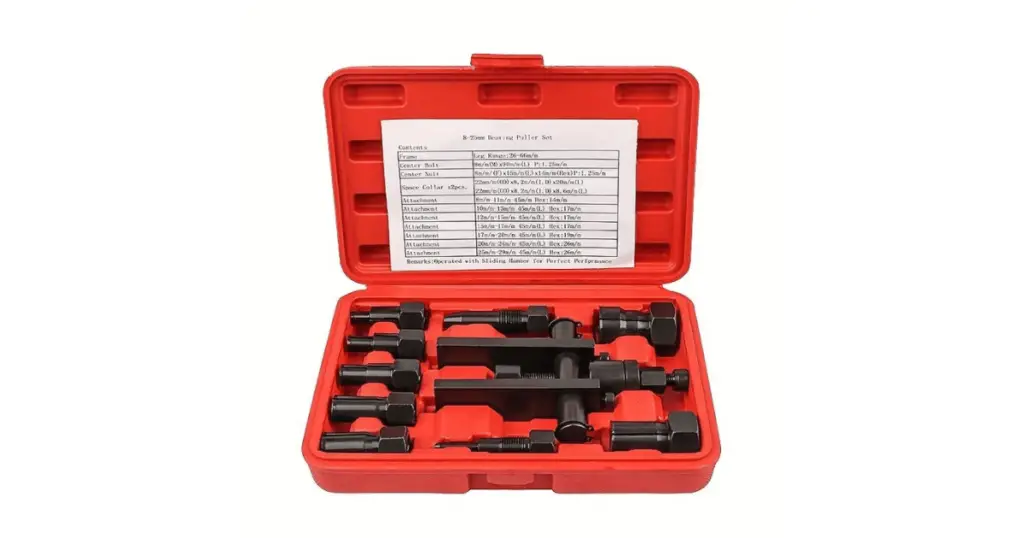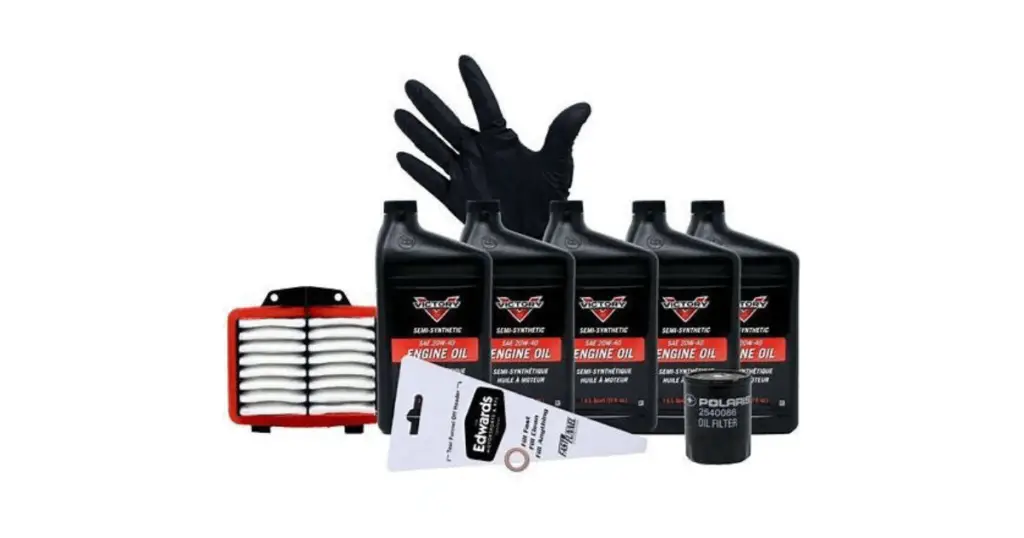Encountering issues with your motorcycle can be both frustrating and perplexing, especially when the problem is not immediately apparent. One such issue occurs when your motorcycle goes into gear, but refuses to move, leaving you revving the engine with no response.
As a motorcycle enthusiast, this can be particularly disheartening. This guide is meticulously crafted by an expert in the field, to navigate you through the potential causes, diagnoses, and solutions to this perplexing issue. From clutch system malfunctions to safety switch errors, we will delve into the common culprits behind this problem and provide you with practical advice on how to get back on the road.
Whether you are a seasoned rider or a motorcycle novice, this article is designed to equip you with the knowledge and skills needed to tackle this issue head-on, ensuring a safe and smooth riding experience. So what’re you waiting for? Let’s get to it!
Where To Start When Your Motorcycle Wont Go Into Gear
Before you start ripping apart your motorcycle, it’s crucial to understand the potential causes of this issue. A number of factors could influence this problem, ranging from a faulty clutch to a malfunctioning safety switch.
How About When Your Motorcycle Goes Into Gear but Wont Move?
As a motorcycle rider, you may encounter a situation where your motorcycle goes into gear but won’t move. This usually happens when there is a problem with the clutch system or transmission.
Let’s explore some of the most common reasons behind this issue:
- Clutch Plates Are Seized: A bike that has been sitting for a long time, especially in a moist environment, may have Clutch plates that rust and seize up. This can also happen if your bike has been running on low or contaminated oil.
- Restricted Airflow: A clogged air filter or a dent in the intake manifold can block airflow, affecting the bike’s power and throttle response.
- Air in Hydraulic Clutch Line: If your bike has a hydraulic clutch, air in the clutch line can prevent it from disengaging.
- Poor Engine Tuning: An out-of-tune air-fuel ratio can cause your bike to idle fine but not move when put into gear.
- Idle Set Too Low: If your bike’s idle isn’t set high enough, it won’t generate enough power to move the clutch plates.
- Broken Clutch Lever: If the clutch lever is broken or not fully engaged, it can prevent the bike from moving.
- Excess Slack in Clutch Cable: A worn or stretched clutch cable can prevent the clutch from disengaging.
- Activated Side Stand Safety Switch: Some motorcycles have a safety feature that prevents the bike from moving if the side stand is extended.
- Malfunctioning Clutch Lever Safety Switch: This safety feature prevents the bike’s engine from starting when the bike is in gear and the clutch is still engaged.
Related:
> Lean Fuel Mixture Symptoms
> Bad Gas In Motorcycle Symptoms
> Motorcycle Popping on Deceleration? Know This
Points To Consider
When you’re trying to diagnose why your motorcycle goes into gear but won’t move, consider the following points:
- Have you been keeping up with regular maintenance, such as changing the oil and cleaning the air filter?
- How old is the motorcycle, and what’s its mileage? Older bikes or those with high mileage may have worn parts that need replacement.
- Have you noticed any other issues, such as difficulty shifting or a slipping clutch?
Related: How To Check Oil On Motorcycle: Guide, Tips & Tricks
Have You Kept Up With Maintenance Practices?
Regular maintenance is crucial to keep your bike running smoothly. This includes changing the oil regularly, checking and adjusting the clutch, and cleaning or replacing the air filter.
How Old Is The Motorcycle?
The age of your motorcycle could also play a role in this issue. As motorcycles age, their parts can wear out and need replacement. If your bike is older, it may be time to replace some parts, such as the clutch plates or the clutch cable.
Diagnostic Procedure For Motorcycle Gears Not Engaging
If your motorcycle goes into gear but won’t move, here are some steps you can take to diagnose the problem:

- Check the Clutch: The first thing to do is check the clutch. Make sure it’s properly adjusted and not seized up.
- Inspect the Transmission: If the clutch is working fine, the next step is to inspect the transmission. Look for any signs of wear or damage.
- Examine the Air Filter: A dirty or clogged air filter can restrict airflow, which can affect your bike’s performance. Make sure the air filter is clean and in good condition.
- Look at the Clutch Cable: Check the clutch cable for any signs of wear or damage. If it’s stretched or has too much slack, it could be preventing the clutch from disengaging.
How To Fix Motorcycle Gear Shifting Problems
Once you’ve identified the problem, it’s time to fix it. Here are some tips on how to fix common motorcycle gear shifting problems:

- Replace Seized Clutch Plates: If your clutch plates are seized, you’ll need to replace them. This is a job best left to a professional unless you’re comfortable working on your bike.
- Clean or Replace the Air Filter: If your air filter is clogged, try cleaning it. If it’s damaged or worn out, you’ll need to replace it.
- Bleed the Clutch Line: If there’s air in your hydraulic clutch line, you’ll need to bleed it. This involves releasing the air from the line until only hydraulic fluid remains.
- Tune the Engine: If your bike’s engine is out of tune, you may need to adjust the carburetor or fuel injectors. This can be a complex job, so it might be best to take your bike to a professional.
- Adjust the Idle: If your bike’s idle is set too low, you’ll need to adjust it. This can usually be done with a simple adjustment screw on the carburetor.
- Fix or Replace the Clutch Lever: If the clutch lever is broken or not fully engaged, you’ll need to fix or replace it.
- Adjust or Replace the Clutch Cable: If the clutch cable has too much slack, you’ll need to adjust it. If it’s worn or damaged, you’ll need to replace it.
How To Prevent Motorcycle Gear Shifting Problems
Preventing motorcycle gear shifting problems is all about regular maintenance. Here are some tips to keep your bike running smoothly:

- Regularly Change the Oil: Regular oil changes can prevent many problems, including seized clutch plates.
- Keep the Air Filter Clean: A clean air filter ensures that your bike gets the airflow it needs to perform optimally.
- Regularly Check the Clutch: Regularly check the clutch for any signs of wear or damage. Adjust it as needed to ensure it’s working properly.
- Inspect the Transmission: Regularly inspect the transmission for any signs of wear or damage.
- Keep the Clutch Cable Adjusted: Regularly check the clutch cable for any signs of wear or damage. Adjust it as needed to ensure it’s working properly.
Recommendations for Maintenance and Upkeep
To keep your motorcycle running smoothly and prevent gear shifting problems, follow these maintenance and upkeep recommendations:
- Regular Oil Changes: Regular oil changes are crucial to keep your bike’s engine running smoothly.
- Regular Maintenance: Regular maintenance, such as adjusting the clutch and cleaning the air filter, can prevent many problems.
- Use the Right Oil: Always use the right type of oil for your bike. Using the wrong oil can cause problems with the clutch and other parts of the engine.
- Inspect Your Bike Regularly: Regular inspections can help you catch problems before they become serious. Look for any signs of wear or damage, and fix any problems as soon as you spot them.
Recap of Main Points
Basically, if your motorcycle goes into gear but won’t move, it could be due to a number of issues, ranging from a faulty clutch to a malfunctioning safety switch. Regular maintenance and inspections can help prevent these problems and keep your bike running smoothly. If you’re unsure about how to fix a problem, it’s always best to take your bike to a professional.
Read next: Annoying Symptoms of Overheating Motorcycle Demystified